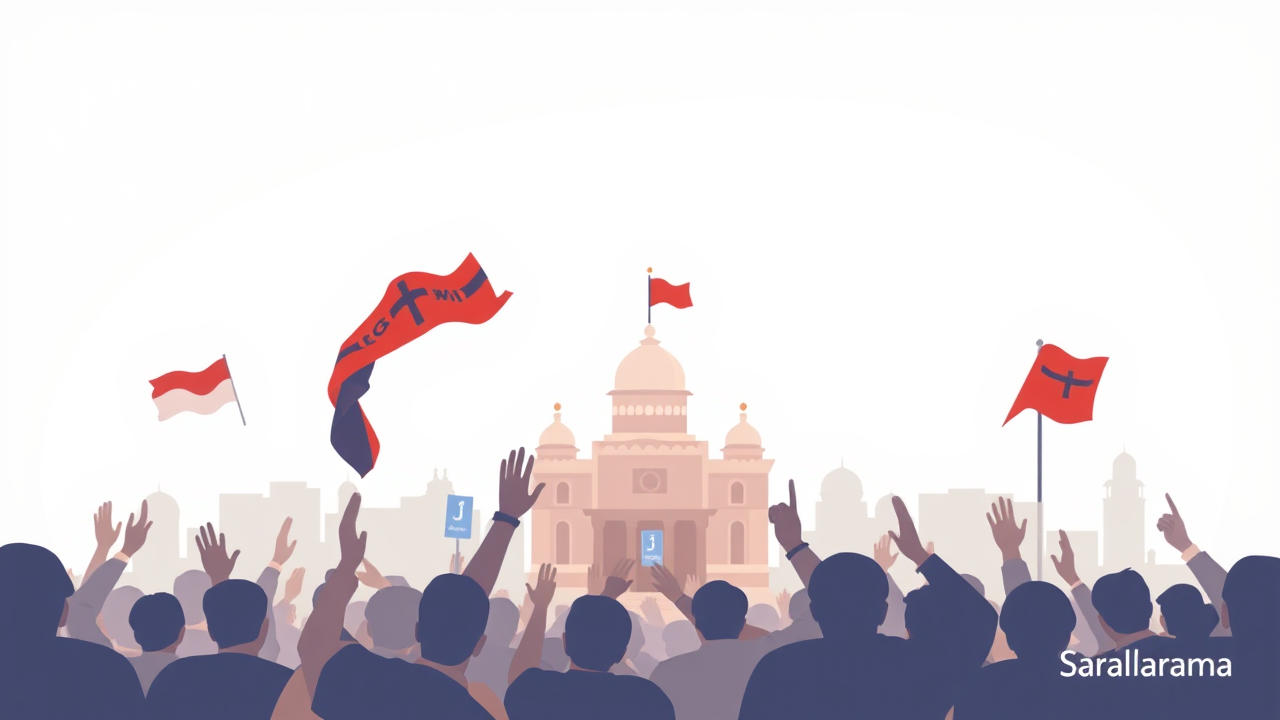Bihar recorded its highest voter turnout since 1951 in the recent Assembly elections, with 66.91% participation across two phases—a jump of 9.62 percentage points from 2020's 57.29%. Results were declared on Friday. Both the ruling NDA and the opposition Mahagathbandhan claim this surge benefits them. Historically, in states like Bihar with largely bipolar contests, higher turnout often signals a government change. Over 17 Assembly elections, five instances saw increased turnout followed by a regime shift. The 2020 election was closely fought, making this voting surge potentially decisive. Notably, 132 seats recorded turnout increases above 10%, including 20 constituencies where the absolute number of voters rose by over 15%. The highest increases were in Belsand, Mohiuddinnagar, and Jhajha, each exceeding 17%.

Historical Pattern: Turnout and Government Changes
Bihar witnessed five government changes coinciding with turnout increases. In 1967, Jan Kranti Dal defeated Congress after turnout rose 7.04 percentage points to 51.51%. Congress reclaimed power in 1969 with a marginal 1.28-point rise. In 1980, Congress returned following a significant 6.77-point jump to 57.28%. The 1990 elections saw turnout cross 60% for the first time at 62.04%, bringing Janata Dal and Lalu Prasad to power. Finally, in October 2005, the JD(U)-BJP alliance, led by Nitish Kumar, assumed office. Since then, turnout has steadily climbed—52.73% in 2010, 56.91% in 2015, and 57.29% in 2020—yet the government remained stable.
Seats with Major Turnout Increases Could Be Decisive
Among Bihar's 243 constituencies, 20 seats saw absolute voter increases exceeding 15% compared to 2020. In 2020, JD(U) won 7 of these seats, BJP 5, RJD 5, Congress 1, HAM(S) 1, and an Independent 1. Historically, higher turnout often changed election outcomes. In 2015, only three seats recorded over 10-point increases, and all saw new MLAs. In seats with over 5-point rises that year, 45 out of 83 elected different parties. The 2020 election had just eight seats with 5-point-plus increases, six of which switched parties. This pattern suggests the current turnout surge could significantly impact results.
Source: Link
